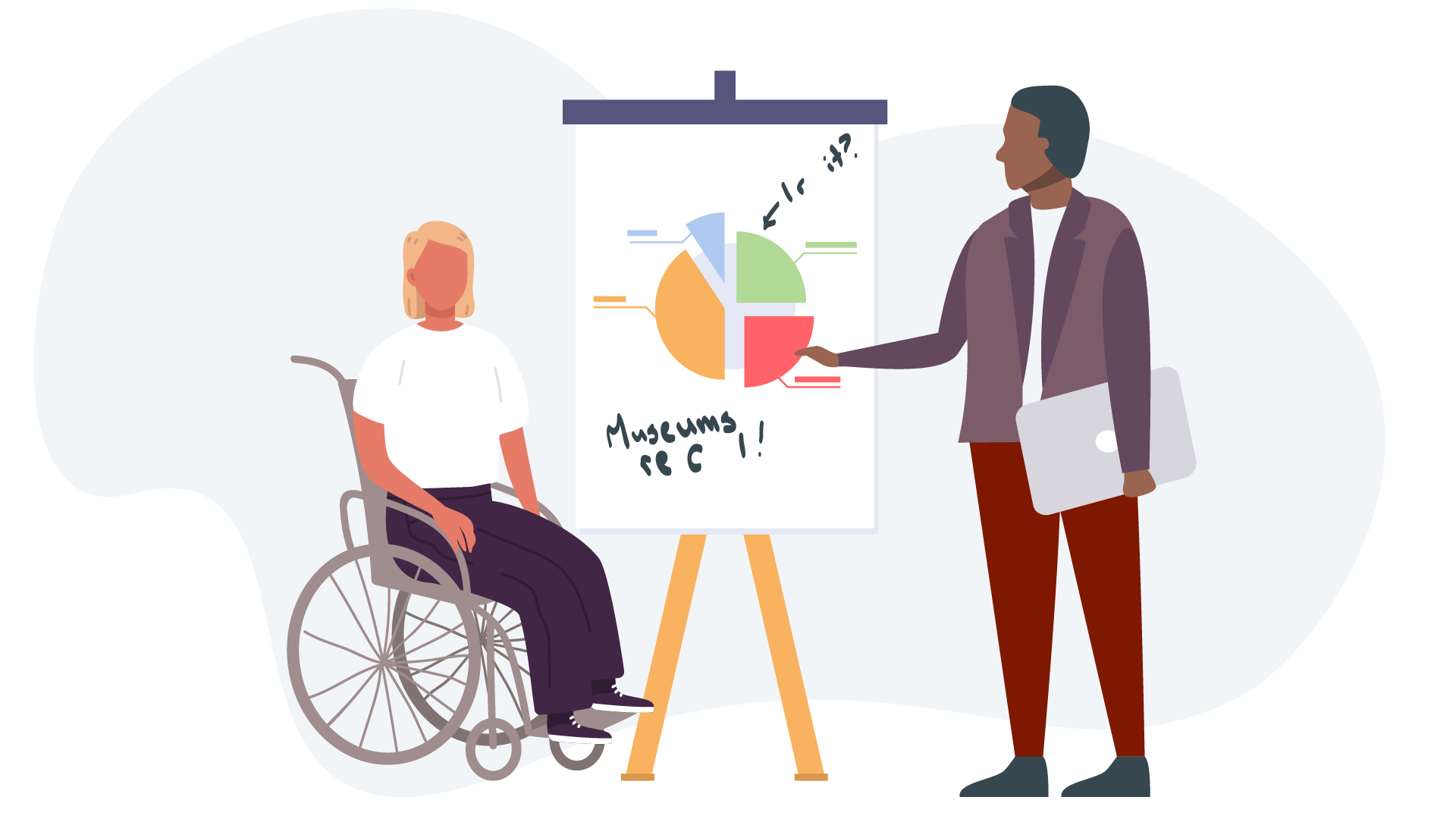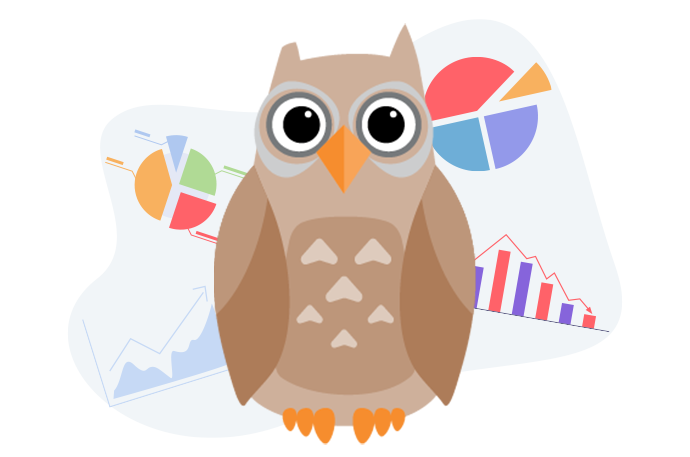Evaluation Toolkit
The BC Museums Association gratefully acknowledges funding support of this project from the Government of Canada.

Evaluation is an essential tool for museums. Evaluations help museum staff demonstrate, in some tangible way, the effectiveness of their institutions as teaching tools. Evaluation can also help you get to know and understand your visitors better and explore how your mandate and message comes across. This toolbox explores the fundamentals of evaluation, practical tools, local evaluation communities, and addresses survey and evaluation during the ongoing COVID-19 pandemic.
 In an effort to be more data-informed, especially in a year of great uncertainty and change, museums are increasingly tempted to reach out to their constituents via surveys and questionnaires. But what are the best practices in survey design? How do we get more people to respond, and importantly, get the right people to respond? And what do we do with all that data?
In an effort to be more data-informed, especially in a year of great uncertainty and change, museums are increasingly tempted to reach out to their constituents via surveys and questionnaires. But what are the best practices in survey design? How do we get more people to respond, and importantly, get the right people to respond? And what do we do with all that data?
This webinar explores the fundamentals of survey design and administration among BC museums and cultural institutions. You will learn about the different stages of surveying and will gain practical tips to help them improve their skills and confidence, ensuring high-quality results that are actionable.
Communities of Interest
Better Evaluation Resources
BetterEvaluation is a knowledge platform and global community. Our vision is a world of better evaluation, better decisions, and better results for people and the planet.
Resources for surveys and other evaluation methods
The Collaboration for Ongoing Visitor Experience Studies
The Collaboration for Ongoing Visitor Experience Studies values transparency, innovation, accountability, and connection. In particular, we seek to be transparent in our processes and decisions and accountable to each COVES member and the broader museum field. With those values in mind, we are sharing core aspects of the system behind our ongoing visitor experience survey. We hope that, by sharing our practices, processes, and instruments, we will support the field in innovating, collaborating, and connecting more with each other and with our visitor.
Being Seen, Being Counted: Establishing Expanded Gender and Naming Declarations
The authors of this report have specific transgender identities and experiences that cover both binary and nonbinary forms. This proved useful in considering the multi-faceted nature of the solutions that needed to be brought forward. We also recognize that we are non-Indigenous authors with western worldviews with particular biases and blind spots, which we attempted to mitigate in several ways through discussions with people from a variety of different backgrounds and experiences.
Big picture evaluation
Developing a Theory of Change
This is the first in a two-part series about the Santa Cruz Museum of Art & History’s new theory of change. This week, Ian David Moss and I are each writing blog posts about our collaborative process to develop a theory of change at the Santa Cruz Museum of Art & History. Check out his blog post on the Fractured Atlas site. Next week, I’ll share more about what is in our theory of change, and why.
Evaluating Informal STEM Education: Issues and Challenges in Context
This chapter provides a foundational discussion of challenges inherent in evaluation of informal science, technology, engineering, and mathematics (STEM) education, focusing on why it is so extraordinarily difficult to clearly define and usefully measure learning outcomes in these contexts
Timing and Tracking: Unlocking Visitor Behavior
There is a long history of observing visitors in museums, with the majority of the systematic observational work being done in the past 20 years or so. This article reviews the history of timing and tracking in museums, and provides a detailed description of methods used to record, analyze and report timing and tracking data. New technologies that can be used to improve the data collection and entry process are discussed, and ways in which timing and tracking data can be used to improve exhibit design are suggested.
 Contributions by Jessica McQuiggan
Contributions by Jessica McQuiggan
Jessica McQuiggan managed research and evaluation at Science World in Vancouver for nearly three years and is a member of the Visitor Studies Association. As an enthusiastic data nerd with a PhD in cognitive psychology, she firmly believes that people don’t hate doing surveys – they just dislike filling out poorly-designed surveys.
